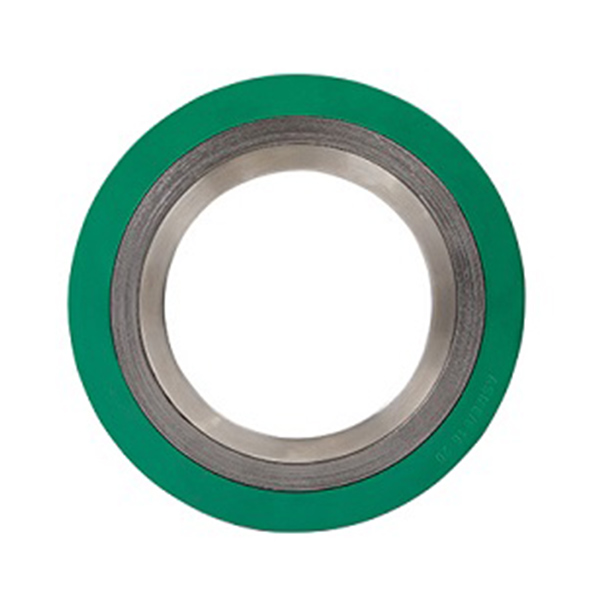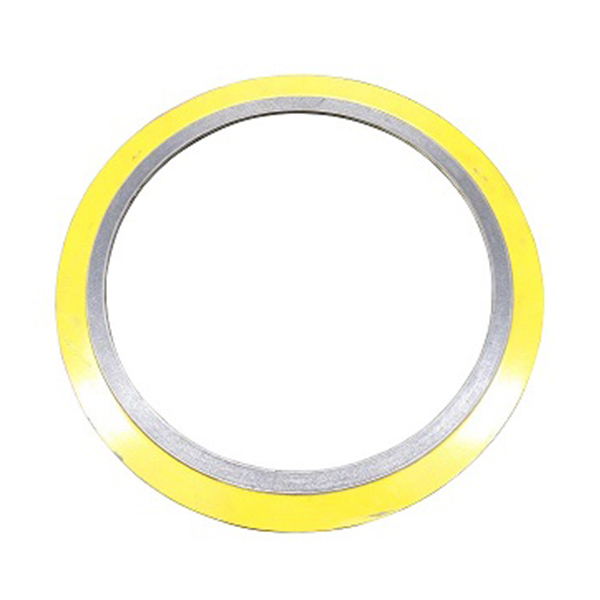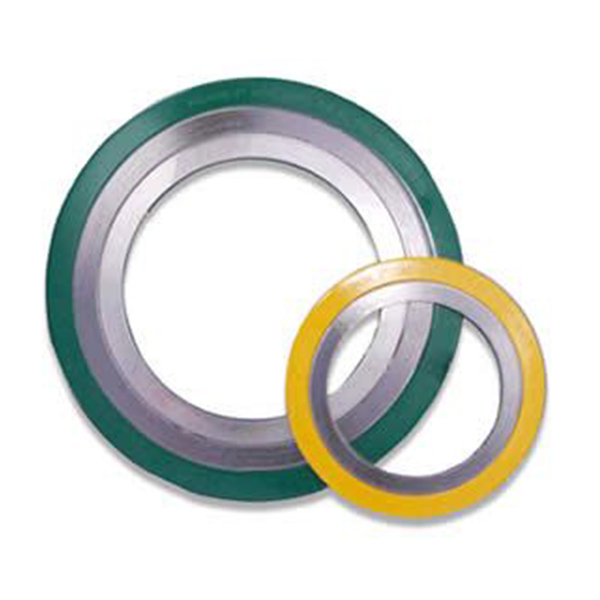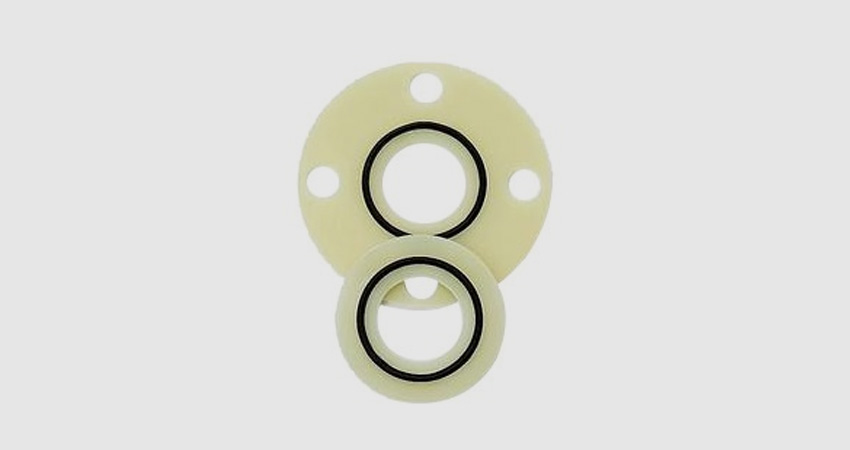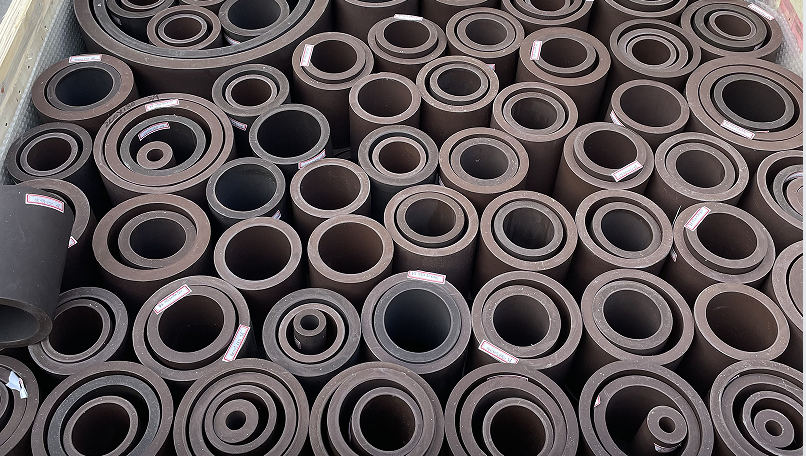Glass Fiber
Glass Fiber is a versatile and high-performance material widely used in various industries due to its exceptional strength, durability, and flexibility. Made from extremely fine fibers of glass, it offers superior properties compared to traditional materials, making it ideal for applications in construction, automotive, aerospace, electronics, and more. In this comprehensive guide, we delve into the specifics of glass fiber, including its product parameters, key features, and common questions, to help you understand why it's a top choice for professionals.
What is Glass Fiber?
Glass fiber, also known as fiberglass, is a material composed of numerous fine fibers of glass. It is produced by drawing molten glass into thin strands, which can then be woven into fabrics, used as reinforcement in composites, or applied in insulation. The material is renowned for its high tensile strength, light weight, resistance to heat and chemicals, and excellent electrical insulation properties. These characteristics make it invaluable in modern manufacturing and engineering.
Key Advantages of Glass Fiber
- High Strength-to-Weight Ratio: Glass fiber provides exceptional strength without adding significant weight, making it perfect for lightweight structures.
- Corrosion Resistance: It does not rust or corrode, ensuring longevity in harsh environments.
- Thermal Stability: Withstands high temperatures without degrading, suitable for applications up to 600°C.
- Electrical Insulation: Offers excellent non-conductive properties, ideal for electronic components.
- Cost-Effectiveness: Compared to other advanced materials, glass fiber is relatively affordable while delivering premium performance.
- Versatility: Can be molded into various shapes and forms, adapting to diverse industrial needs.
Product Parameters and Specifications
Our glass fiber products come in different types and grades to meet specific requirements. Below is a detailed table outlining the standard parameters:
| Parameter | Description | Typical Values |
|---|---|---|
| Fiber Diameter | The thickness of individual glass fibers, measured in micrometers (μm). | 5-24 μm |
| Tensile Strength | The maximum stress the fiber can withstand while being stretched, in MPa. | 3000-4000 MPa |
| Density | Mass per unit volume, indicating how light the material is, in g/cm³. | 2.4-2.6 g/cm³ |
| Elastic Modulus | A measure of stiffness, representing the material's resistance to deformation, in GPa. | 70-85 GPa |
| Thermal Expansion Coefficient | Rate at which the material expands with temperature, in 10⁻⁶/°C. | 4.5-5.5 |
| Dielectric Strength | Ability to withstand electric stress without breakdown, in kV/mm. | 10-20 kV/mm |
| Moisture Absorption | Percentage of water absorbed under standard conditions, affecting durability. | 0.1-0.3% |
In addition to these standard parameters, we offer customized options based on application needs, such as specific weave patterns (e.g., plain, twill, or satin weaves) and coatings for enhanced performance.
Types of Glass Fiber
Glass fiber is categorized into several types, each tailored for particular uses:
- E-Glass (Electrical Glass): The most common type, used for electrical insulation and general-purpose applications.
- S-Glass (Strength Glass): Offers higher tensile strength and modulus, ideal for aerospace and defense.
- C-Glass (Chemical Glass): Provides excellent resistance to chemical corrosion, suitable for acidic environments.
- AR-Glass (Alkali-Resistant Glass): Designed for concrete reinforcement, resisting alkaline conditions.
- D-Glass (Dielectric Glass): Features low dielectric constant, perfect for high-frequency electronic applications.
Applications of Glass Fiber
Glass fiber is utilized across numerous sectors due to its adaptable properties. Key applications include:
- Construction: Used in reinforced concrete, insulation materials, and roofing for enhanced durability and energy efficiency.
- Automotive: Employed in body panels, bumpers, and interior components to reduce weight and improve fuel efficiency.
- Aerospace: Integral in aircraft structures, such as wings and fuselages, for high strength and light weight.
- Electronics: Serves as insulation for circuit boards and components, ensuring safety and performance.
- Marine: Used in boat hulls and decks for corrosion resistance and strength in saline environments.
- Sports Equipment: Found in items like golf clubs, fishing rods, and bicycles for lightweight and robust design.
Frequently Asked Questions (FAQ) About Glass Fiber
Here are some common questions and detailed answers to help you better understand glass fiber:
What is the difference between glass fiber and carbon fiber?
Glass fiber is made from glass and offers good strength, flexibility, and cost-effectiveness, with excellent electrical insulation. Carbon fiber, derived from carbon atoms, provides higher strength and stiffness but is more expensive and conductive, making it suitable for different applications like high-performance sports gear or aerospace where extreme strength is needed.
How is glass fiber manufactured?
Glass fiber is produced through a process called melt spinning. Molten glass is extruded through fine bushings to form continuous filaments, which are then cooled, coated with a sizing agent for protection and adhesion, and wound onto spools. These filaments can be further processed into yarns, fabrics, or mats for various uses.
Is glass fiber environmentally friendly?
Glass fiber is relatively eco-friendly as it is made from abundant raw materials like silica sand, and it is recyclable. However, production involves energy consumption, and proper disposal methods should be followed to minimize environmental impact. Many manufacturers are adopting sustainable practices, such as using recycled glass and reducing emissions.
Can glass fiber be used outdoors?
Yes, glass fiber is highly resistant to UV radiation, moisture, and temperature fluctuations, making it suitable for outdoor applications. It is commonly used in outdoor structures, marine environments, and construction projects where durability against weather elements is essential.
What safety precautions should be taken when handling glass fiber?
When handling glass fiber, wear protective gear such as gloves, goggles, and masks to avoid skin irritation or respiratory issues from fine fibers. Ensure proper ventilation in work areas, and follow manufacturer guidelines for cutting, sanding, or installing the material to prevent exposure.
How does glass fiber compare to natural fibers like cotton or wool?
Glass fiber offers superior strength, fire resistance, and durability compared to natural fibers, which are organic and can degrade easily. While natural fibers are biodegradable and softer, glass fiber is synthetic and better suited for industrial applications requiring high performance and longevity.
What is the lifespan of glass fiber products?
The lifespan of glass fiber products depends on the application and environmental conditions. Generally, they can last for decades, with some installations in construction or automotive lasting over 50 years due to their resistance to corrosion, UV damage, and wear.
Can glass fiber be painted or coated?
Yes, glass fiber can be easily painted or coated with various finishes to enhance appearance, provide additional protection, or meet specific requirements. It is compatible with most paints and coatings, but surface preparation, such as cleaning and priming, is recommended for optimal adhesion.
Is glass fiber flammable?
Glass fiber is non-flammable and does not support combustion. It has a high melting point (around 1000°C for E-glass), making it an excellent material for fire-resistant applications, such as insulation in buildings or protective gear.
How do I choose the right type of glass fiber for my project?
Select the type based on your specific needs: E-glass for general electrical and structural uses, S-glass for high-strength requirements, C-glass for chemical resistance, AR-glass for concrete reinforcement, or D-glass for electronic insulation. Consider factors like environment, load conditions, and budget, and consult with experts if needed.
- View as

Glass fiber Yarn Twisted with Copper Wire

Glass fiber Twisted Roving

Glass fiber Roving

Glass Fiber Texturized Yarn

Glass Fiber Yarn



